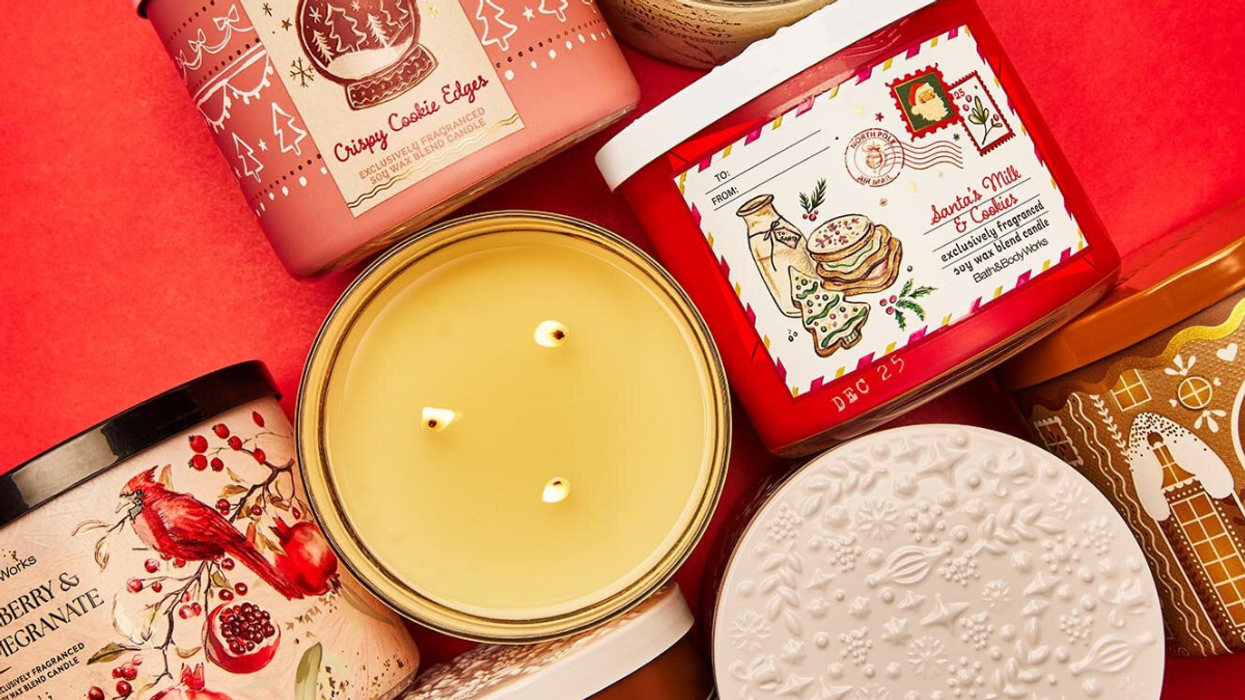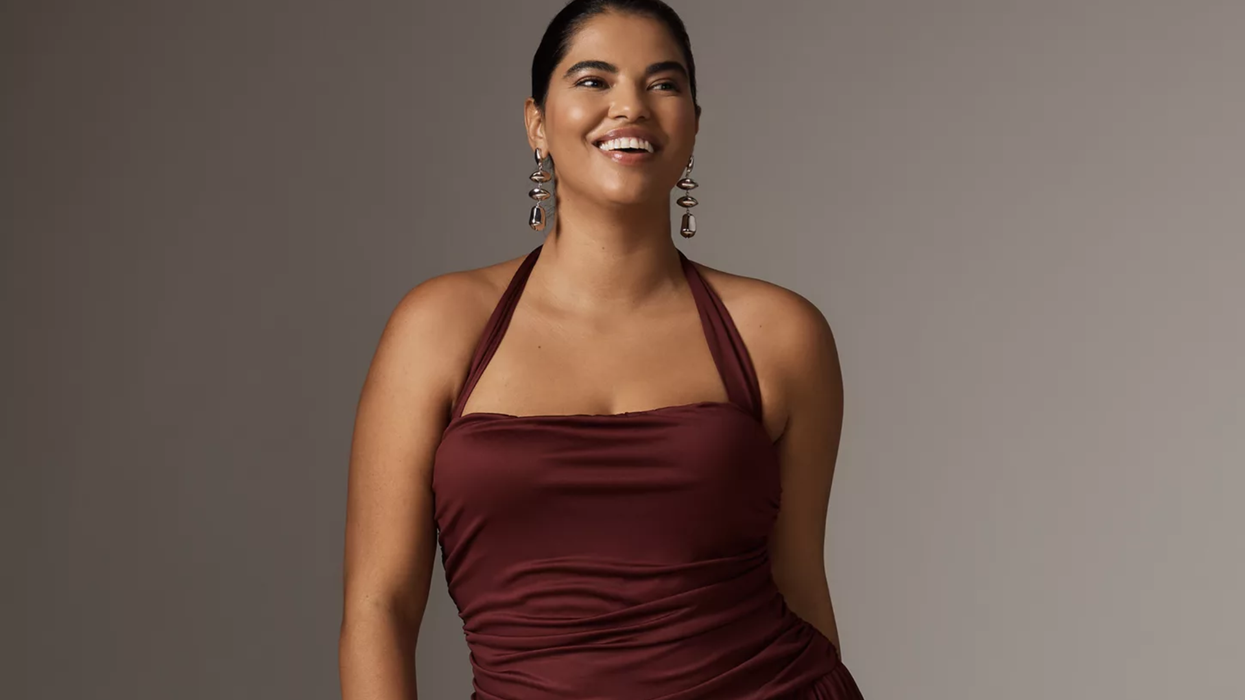Eat your water.
10 Hydrating Foods That Are Almost As Good As Drinking a Glass of Water
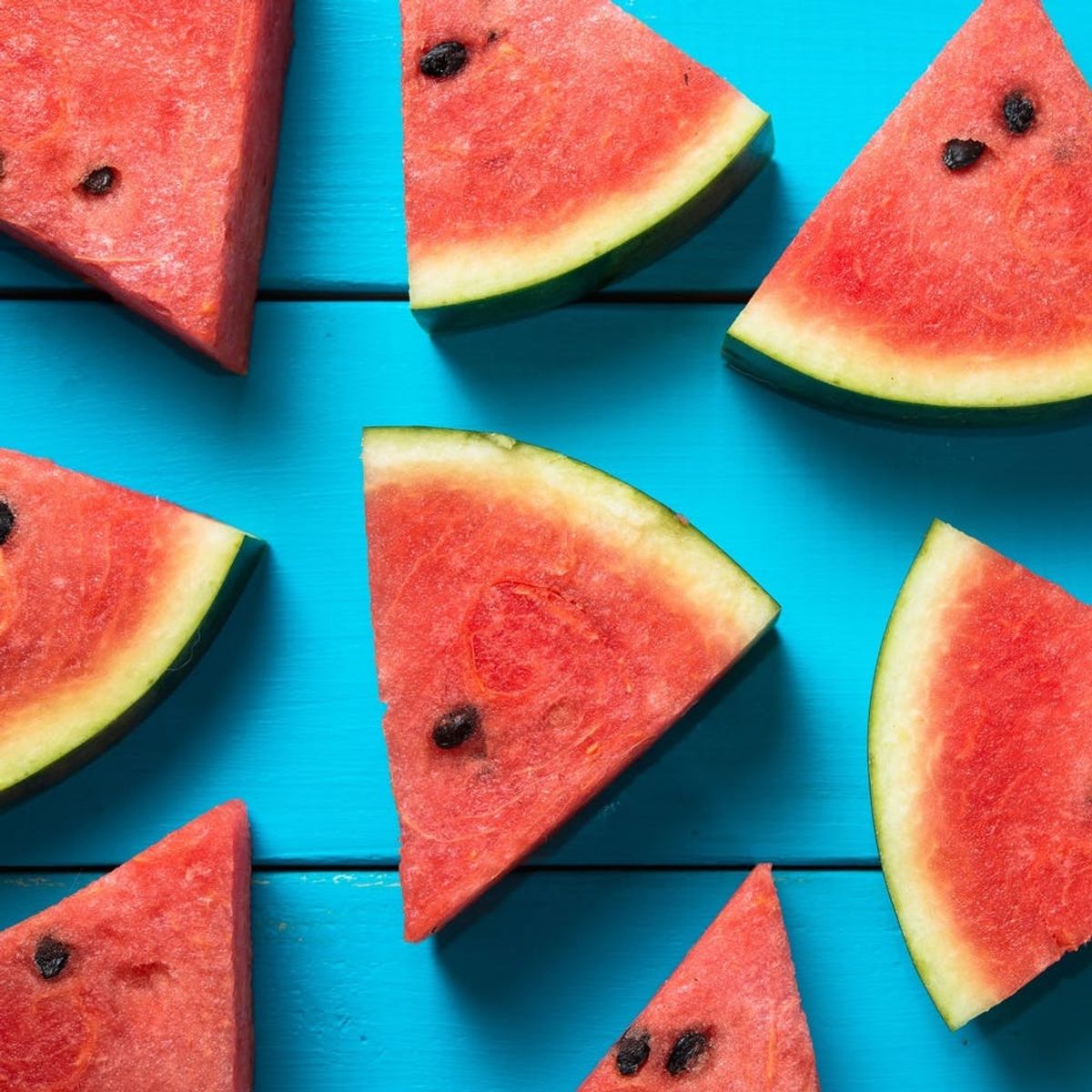
Lesley Chen is a California native who writes about travel, health/fitness, and other lifestyle topics. She has a serious case of RBF and exercises mainly to balance out an aggressive candy addiction.
We’ve all heard the rule about drinking eight glasses of water a day for proper hydration. While it’s an easy number to remember, an individual’s ideal water intake depends on a number of factors, including health, physical activity, and where they live. The Institute of Medicine of the National Academies actually recommends that women consume 91 ounces, or about 11 cups, of water daily. Before you start stockpiling reusable water bottles, keep in mind that you don’t necessarily have to drink all 11 cups; munching on hydrating foods can also help replenish your fluids. We chatted with Frida Harju-Westman, the in-house nutritionist at health app Lifesum (available on iOS and Android), to get the best 10 foods to help keep you hydrated… because you can’t live on La Croix alone.
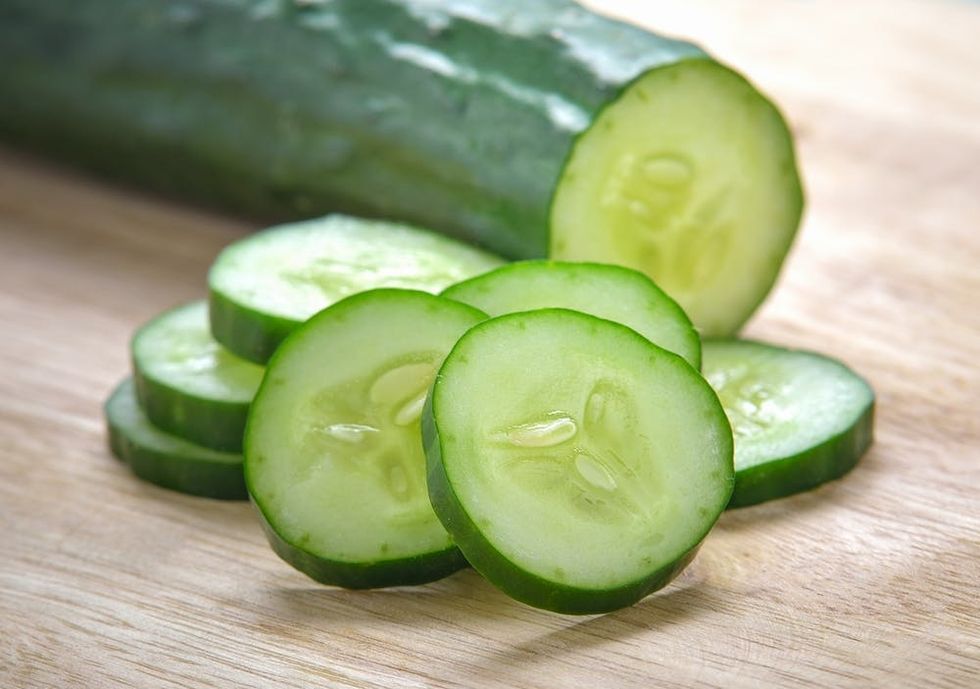
1. Cucumbers: Cucumbers contain the highest water content — 96 percent, according to the USDA — of any solid food, making them a refreshing and hydrating snack. They’re also a great source of vitamin C, vitamin K, potassium, and caffeic acid, which has anti-inflammatory properties (that’s why cucumber slices are often used to soothe puffy eyes).
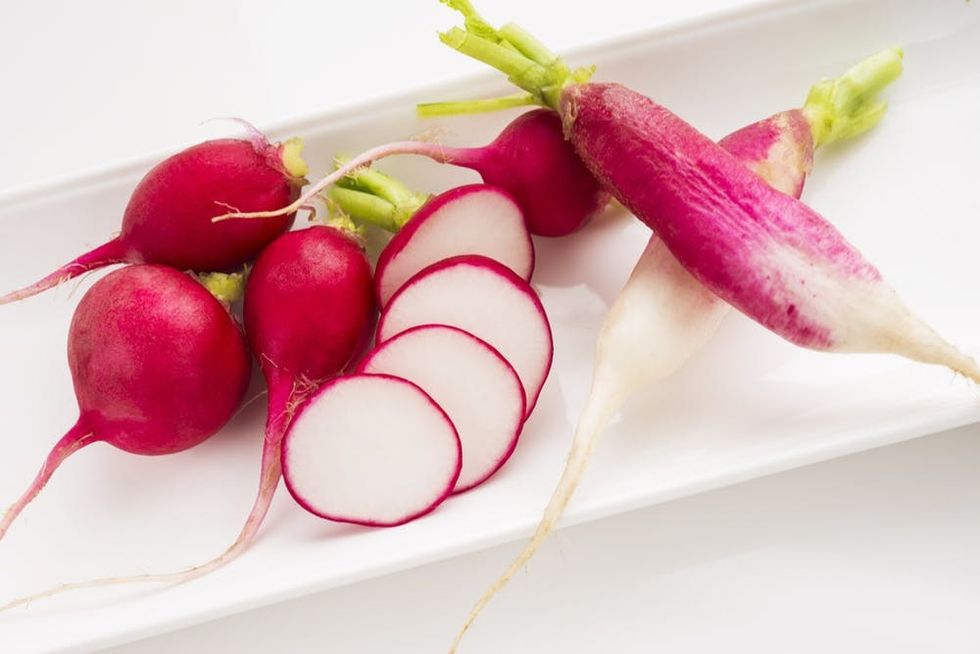
2. Radishes: Radishes are an often-overlooked vegetable, but they are about 95 percent water, making a great choice as a crunchy snack or salad topping. They also contain catechin, the disease-fighting antioxidant that gives green tea its health benefits.
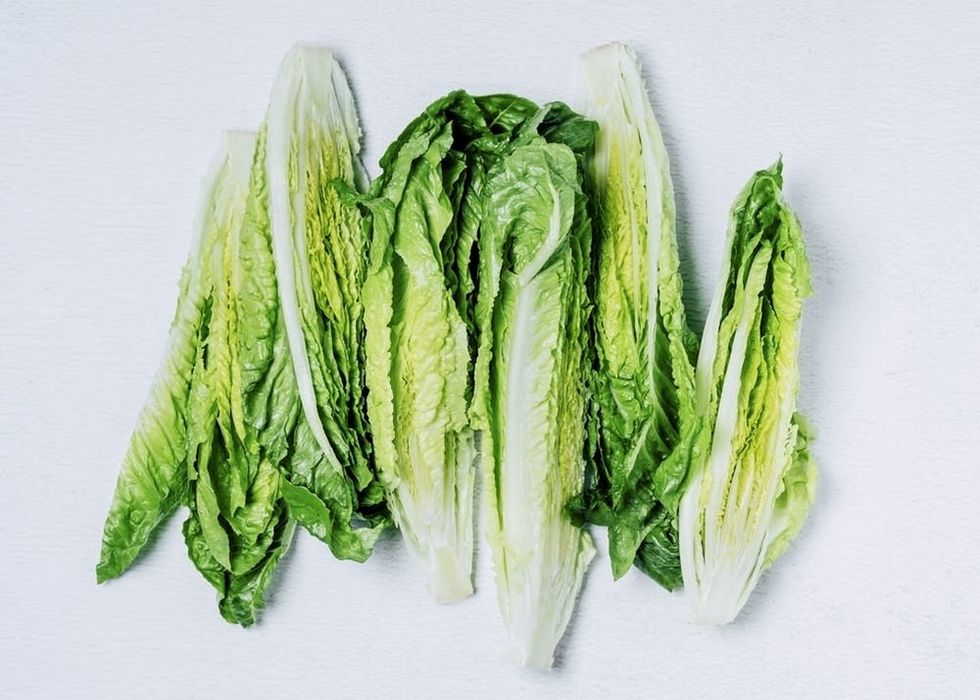
3. Romaine Lettuce: Go ahead and load up on that salad. One of the reasons lettuce is so low in calories is that it is made up of mostly water. Iceberg lettuce contains the highest water content, but romaine lettuce (about 95 percent water) is more nutrient dense, with higher levels of folate, vitamin C, and beta-carotene.
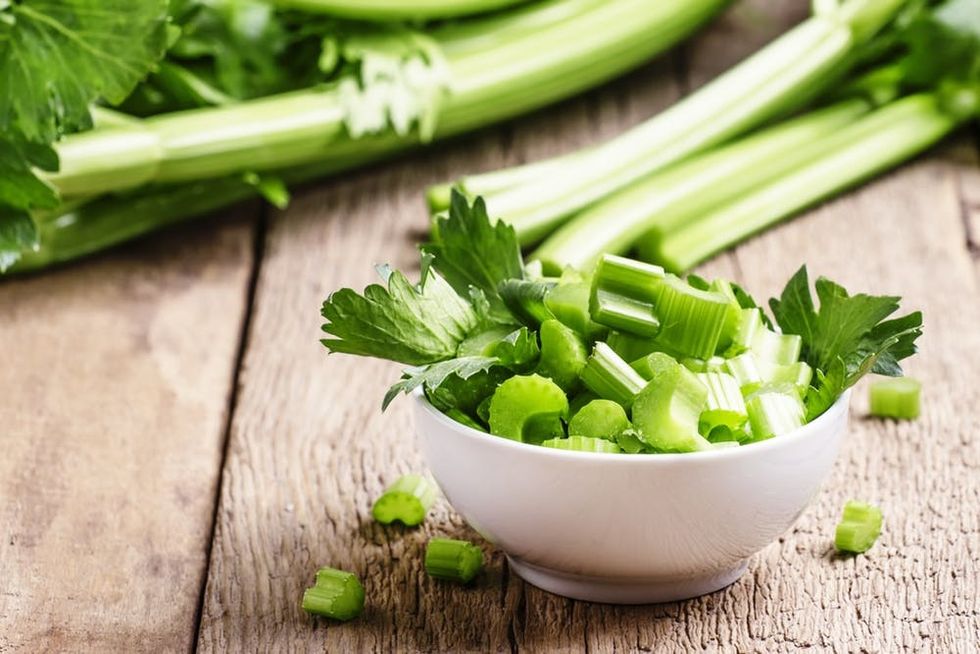
4. Celery: Celery is composed of approximately 95 percent water, so it’s perfect for a low-cal afternoon nosh. Celery also contains a number of mineral salts, vitamins, and amino acids, and studies have shown it could hydrate your body twice as effectively as a glass of water. No wonder they’re a staple of every crudité platter.
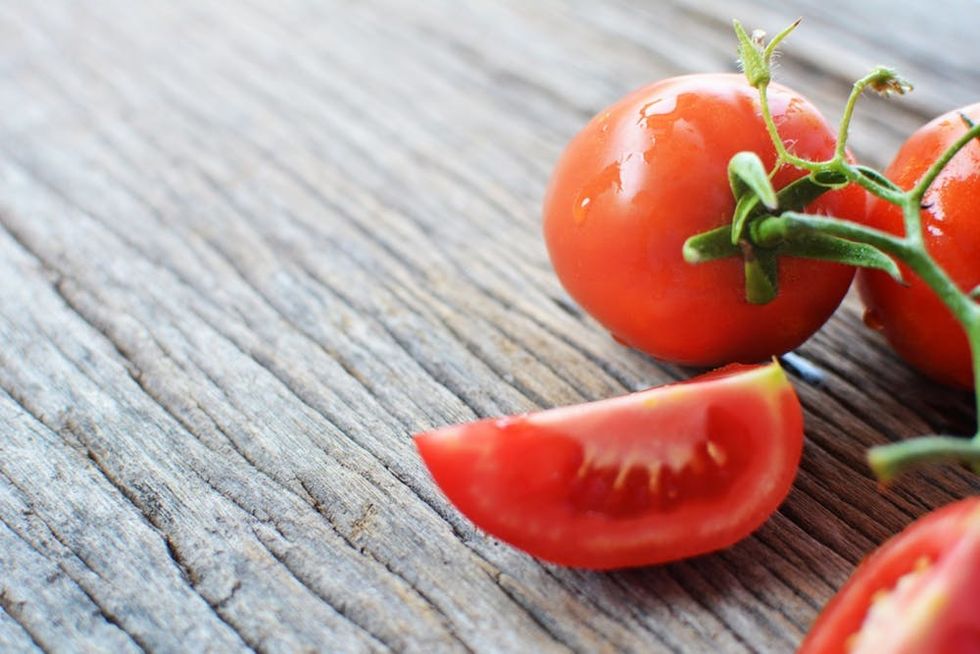
5. Tomatoes: Tomatoes are made up of 94 percent water and are a great source of potassium, vitamin C, vitamin E, and beta-carotene. Tomatoes get their red color from the antioxidant lycopene, which has also been associated with anti-aging properties that help keep skin looking healthy.
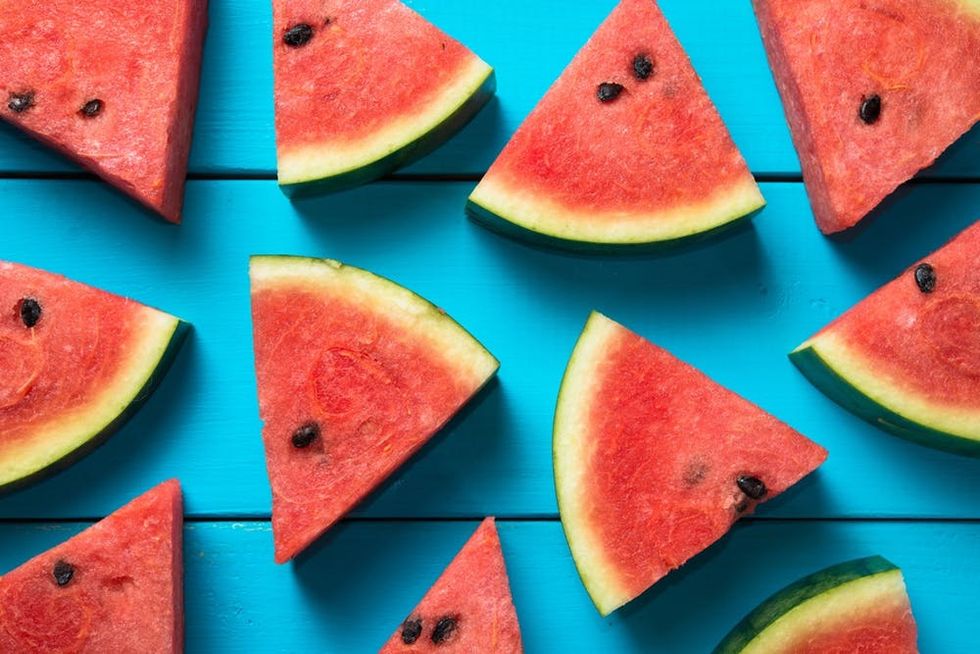
6. Watermelon: Summer’s official fruit is 93 percent water; contains vitamins like zinc, B-6, and folate; and is full of magnesium, sodium, and potassium. Red watermelon, similar to tomatoes, also has high levels of lycopene, which has been linked to keeping cells healthy and protecting against cardiovascular disease and certain types of cancer. Check out our fresh watermelon recipes or ways to use watermelon in your skincare routine.
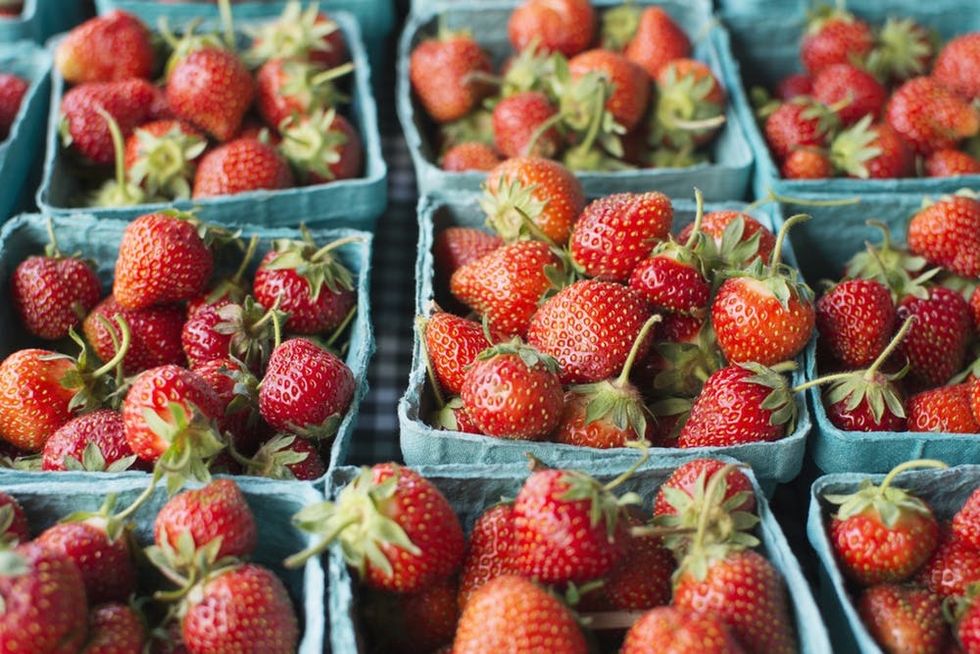
7. Strawberries: Here’s another reason to indulge in your favorite type of pie or shortcake: Strawberries, which are technically not fruits but members of the rose family, contain about 92 percent water and are a good source of vitamin C, vitamin K, and potassium. They’re also relatively low in sugar content and packed with anti-inflammatory antioxidants.
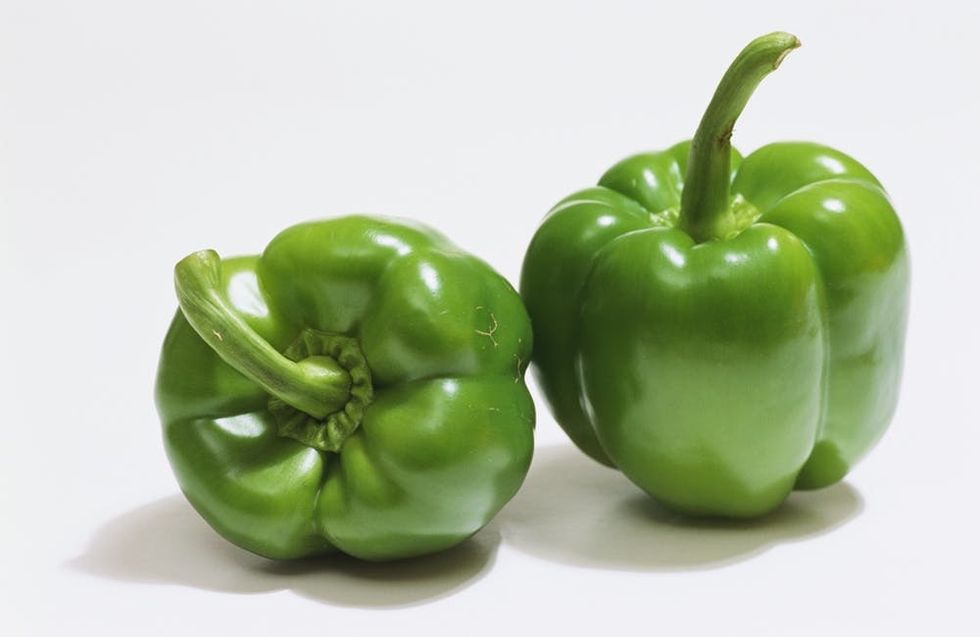
8. Green Peppers: All sweet peppers have a high water content, but green peppers, with approximately 92 percent water, contain the most. They also have many additional beneficial antioxidants, with twice the daily recommended amount of vitamin C.
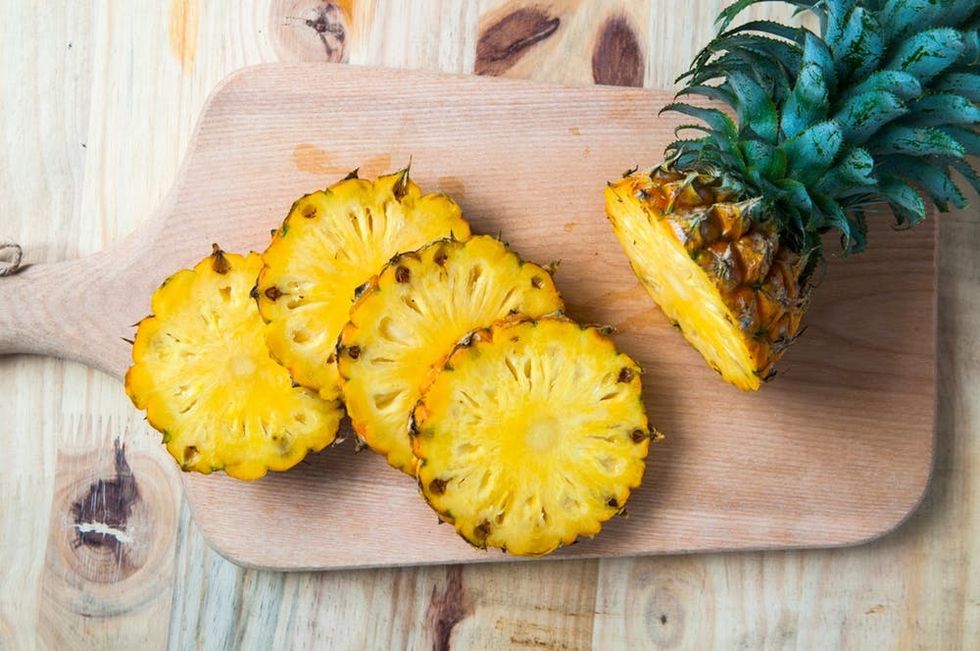
9. Pineapple: Pineapples aren’t just great for piña coladas; you can incorporate the fruit into tasty dinner recipes. Ringing in at 87 percent water content, pineapples also contain bromelain, an enzyme that has been used for its anti-swelling and anti-inflammatory properties. Bromelain has been used to treat ailments such as skin wounds, bronchitis, and arthritis, and as an anti-cancer agent.
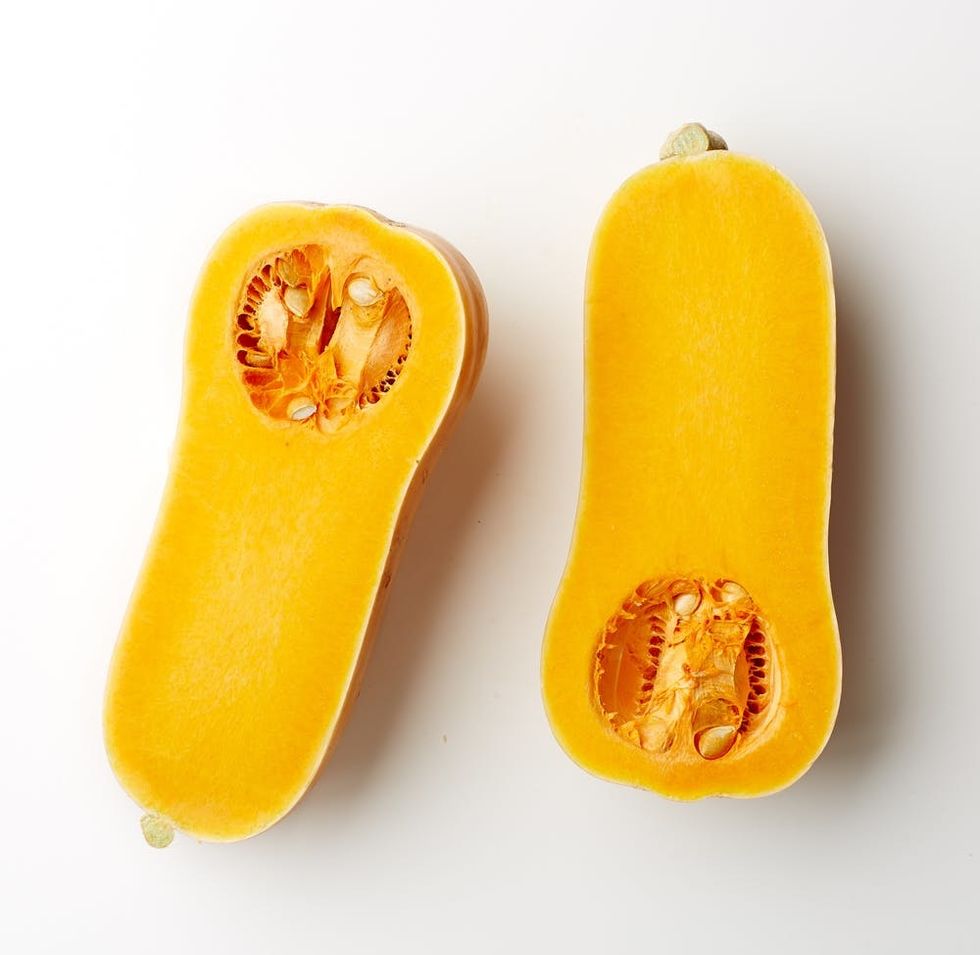
10. Butternut Squash: Surprisingly, butternut squash is a very hydrating food, as it’s made up of approximately 88 percent water. Butternut squash also contains a significant proportion of your daily intake of vitamin A, important for healthy vision, bones, and skin. Looking for a creative way to eat butternut squash? Try boodles.
What are your favorite hydrating foods? Share them with us @BritandCo.
(Photos via Getty)







